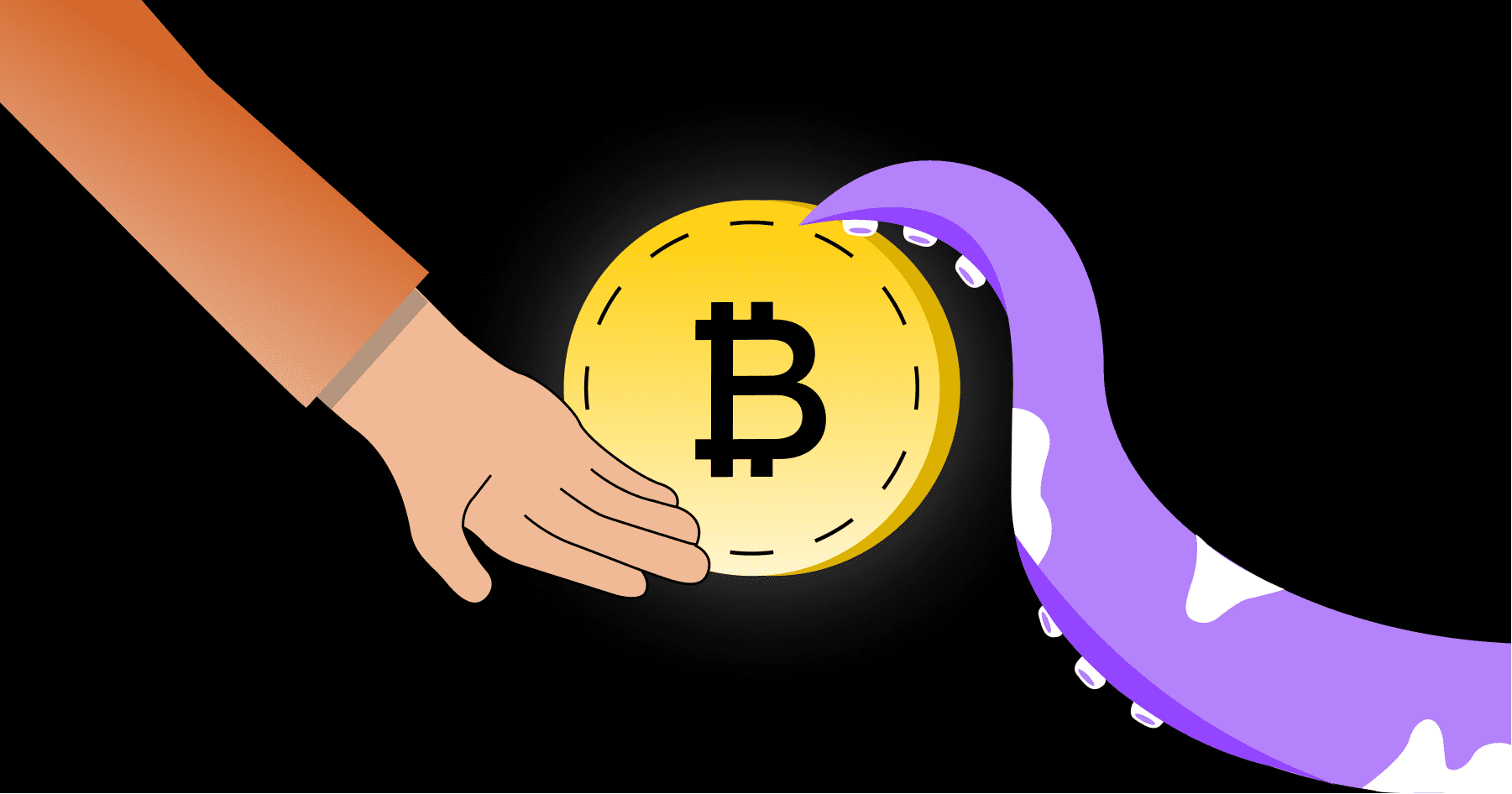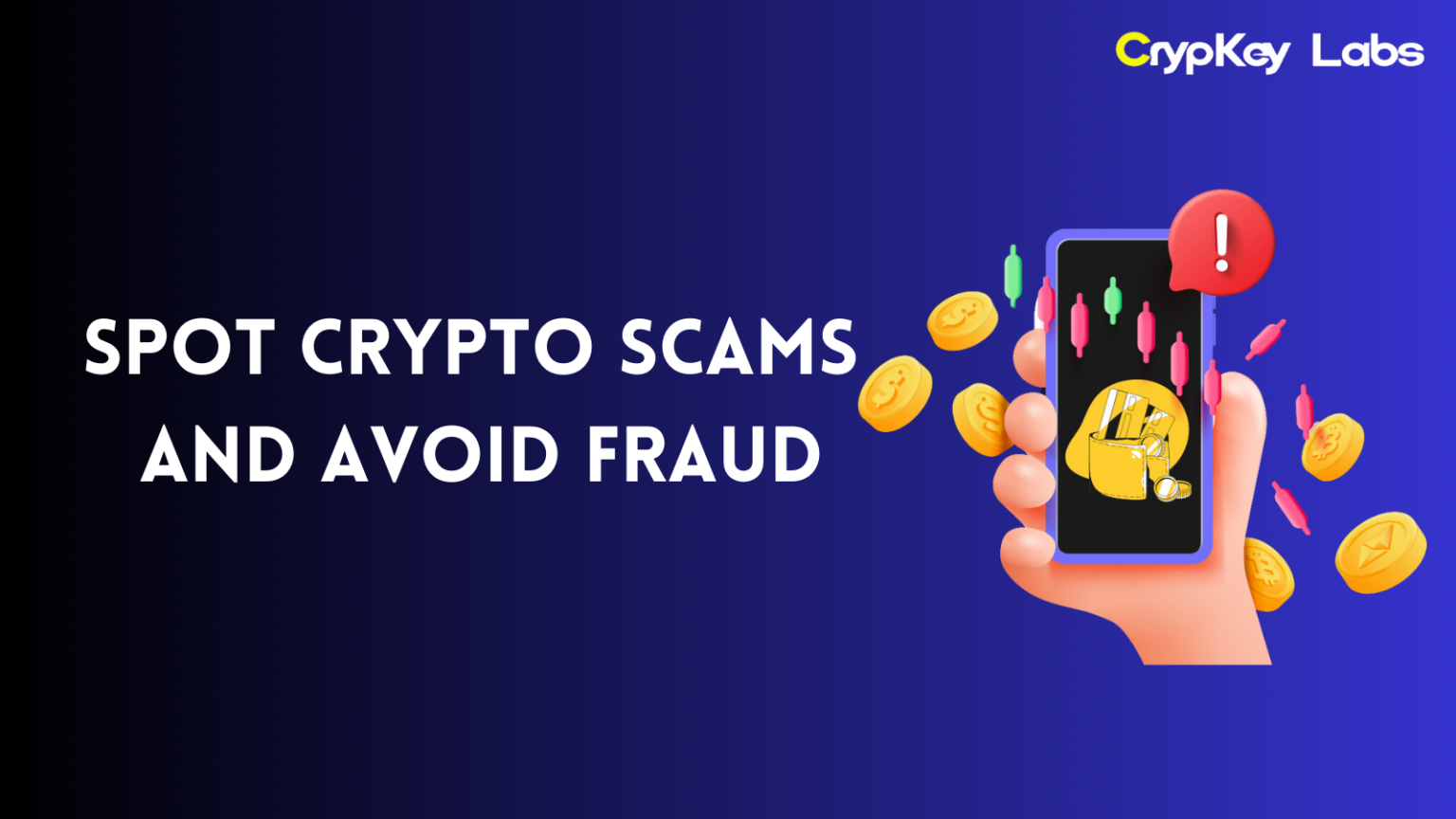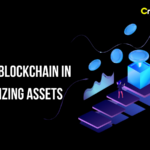As cryptocurrency continues to grow in popularity, so too does the number of scam projects and fraudulent tokens trying to take advantage of people’s excitement. The world of crypto is fast-paced and full of innovation. But with that comes a fair share of risks, especially for newcomers. Scam projects pop up all too often, and if you’re not careful, you could find yourself funding in something that vanishes overnight. In this guide, we’ll walk through how to spot scam projects and fraudulent tokens so you can stay safe while navigating the world of crypto.
Common Red Flags of Scam Projects
When evaluating any crypto project, there are some classic red flags that should make you cautious:
Lack of Transparency
One of the most obvious signs of a scam is a lack of transparency. Legitimate projects usually have a clear website with detailed information about the team, their backgrounds, and the project’s purpose. If a project doesn’t provide details about the people behind it, that’s a red flag. If the creators don’t want to be associated with their own project, that’s a major sign of trouble.
Example: You come across a new token with a fancy website, but when you look for the team, you see nothing. No names, no LinkedIn profiles, just vague descriptions or nicknames. This lack of transparency is a major red flag.
Unrealistic Promises and High Returns
Scam projects often promise guaranteed high returns with little or no risk. In the world of funding, if something sounds too good to be true, it usually is. Legitimate projects will emphasize the potential risks and rewards, whereas scam projects focus solely on the gains.
Example: A token that promises 1000% returns in a month is almost certainly a scam. Walk away.
Anonymous or Fake Teams
If a project’s team members have no verifiable presence outside of the project itself, that’s another red flag. Genuine projects usually showcase their team members, often with LinkedIn profiles or links to their previous work. If the project’s team members are anonymous or don’t have any real-world presence, it’s best to be cautious.
Example: When researching a project, you find the “team” section filled with cartoon avatars and pseudonyms like “Crypto King.” This anonymity makes it nearly impossible to verify their credibility.
Key Features of Fraudulent Tokens
Scam tokens have their own telltale signs that differentiate them from legitimate cryptocurrencies. Knowing these signs can save you from getting trapped in fraudulent schemes.
Low Liquidity and Strange Trading Patterns
Low liquidity means it’s hard to buy and sell the token, which often suggests low interest or artificial manipulation. Scam tokens might also show strange trading patterns, like high-volume trading at specific times of day. This could mean a handful of people are pumping and dumping the token to create an illusion of activity.
Example: If you’re looking at a new token and notice that most of its volume is coming from a few wallets or only happens during specific times, that’s a sign of artificial activity.
Pump and Dump Schemes
A pump-and-dump scheme is when a token’s price is artificially inflated (pumped) by hype, only for early financiers. Insiders to sell off their holdings, leaving other financiers with worthless tokens. Scammers often use social media to hype up these tokens, creating excitement to lure in unsuspecting buyers.
Example: If you see sudden social media hype around a token with no solid project updates or real-world use cases, it could be a setup for a pump and dump.
Copycat Projects and Token Cloning
Some scam tokens create copycat versions of popular cryptocurrencies, often using similar names, logos, or websites. They rely on unsuspecting financiers who confuse the scam token with the legitimate one. This tactic works especially well with new financiers who might not know the difference.
Example: You see a token called “Ethereem” (with an extra “e”) and assume it’s related to Ethereum. Double-check spelling and branding to avoid these scams.
How to Conduct Basic Research
Doing your own research is the best way to avoid scams. Here’s how to get started:
Examine the Whitepaper and Roadmap
A legitimate crypto project should have a whitepaper that explains its goals, technology, and roadmap. Scam projects may skip the whitepaper altogether or provide a poorly written one filled with technical jargon but no substance. Read through it carefully to ensure the project’s goals and technology make sense.
Example: If a whitepaper is filled with complex language, doesn’t make sense. It’s a sign the project might not be legitimate.
Check Community Engagement
Most legitimate projects have active communities on platforms like Twitter, Discord, or Telegram. Engaging with the community can give you a sense of how real or invested the community is. Be cautious if you see mostly fake-looking accounts or spammy comments, as this can indicate artificial hype.
Example: When you join a project’s Telegram group. You see it’s filled with bots or overly enthusiastic comments from the same few users. Authentic engagement from a broad range of people is usually a positive sign.
Explore Partnerships and Collaborations
Many scam projects claim partnerships with big names to add credibility. Always verify these claims. Legitimate projects will usually have announcements or collaborations that can be verified on both parties’ official channels.
Example: A new token claims it’s partnered with Google, but there’s no mention of this on Google’s end. Double-checking partnerships can save you from falling for empty claims.
Using Tools to Spot Scams
Several online tools can help you evaluate a project’s legitimacy:
Token Trackers and Blockchain Explorers
Platforms like Etherscan and BscScan allow you to check a token’s contract, transaction history, and number of holders. High concentration among a few holders is a warning sign, as this indicates centralization, which is common in scams.
Example: A token has 90% of its supply held by a single wallet, meaning one person could tank the token’s value at any moment.
Audit and Code Analysis
Third-party audits from firms like CertiK or Quantstamp can lend legitimacy to a project. These audits ensure the code is free from vulnerabilities and backdoors. Scam projects typically skip this step, so lack of an audit could be a red flag.
Example: If security is a key feature, an audit is a must.
Social Media Analysis Tools
Use tools that analyze social media accounts to check if they’re real or fake. Some accounts buy fake followers to create an illusion of popularity. Tools like Twitter Audit can give you an idea of the legitimacy of a project’s social media presence.
Example: You use a tool to analyze a Twitter account and find that 70% of its followers are fake, indicating the project might be trying to appear more popular than it is.
Case Studies of Common Crypto Scams
Learning from past scams is one of the best ways to avoid new ones.
Fake ICOs (Initial Coin Offerings)
During the 2017 ICO boom, many projects launched ICOs to raise funds, with some raising millions before vanishing. Some of the biggest scams involved ICOs with no product, team, or even whitepaper.
Ponzi Schemes and Rug Pulls
A Ponzi scheme uses funds from new investors to pay returns to earlier investors, while a rug pull involves the creators draining funds from the liquidity pool, leaving token holders with worthless assets.
Protecting Yourself and Staying Safe
Here are some final tips to protect yourself:
Avoid FOMO (Fear of Missing Out)
Scammers rely on creating hype and a sense of urgency. Remember, solid projects will still be there after you do your research. Don’t let FOMO drive your decisions.
Trust but Verify
Even if a friend recommends a token, always do your own research. Don’t rely solely on word of mouth or online influencers.
Only Use Reputable Platforms
Stick to well-known, reputable exchanges and platforms. They usually have security measures in place and offer some level of protection against scam tokens.
Conclusion
The crypto world is full of potential, but it’s also full of risks. By keeping an eye out for these red flags, doing your own research, and using available tools, you can avoid falling for scam projects and fraudulent tokens. Stay curious, stay informed, and don’t let the fear of missing out push you into bad decisions. Crypto should be exciting and rewarding, but it’s up to each of us to fund wisely.







